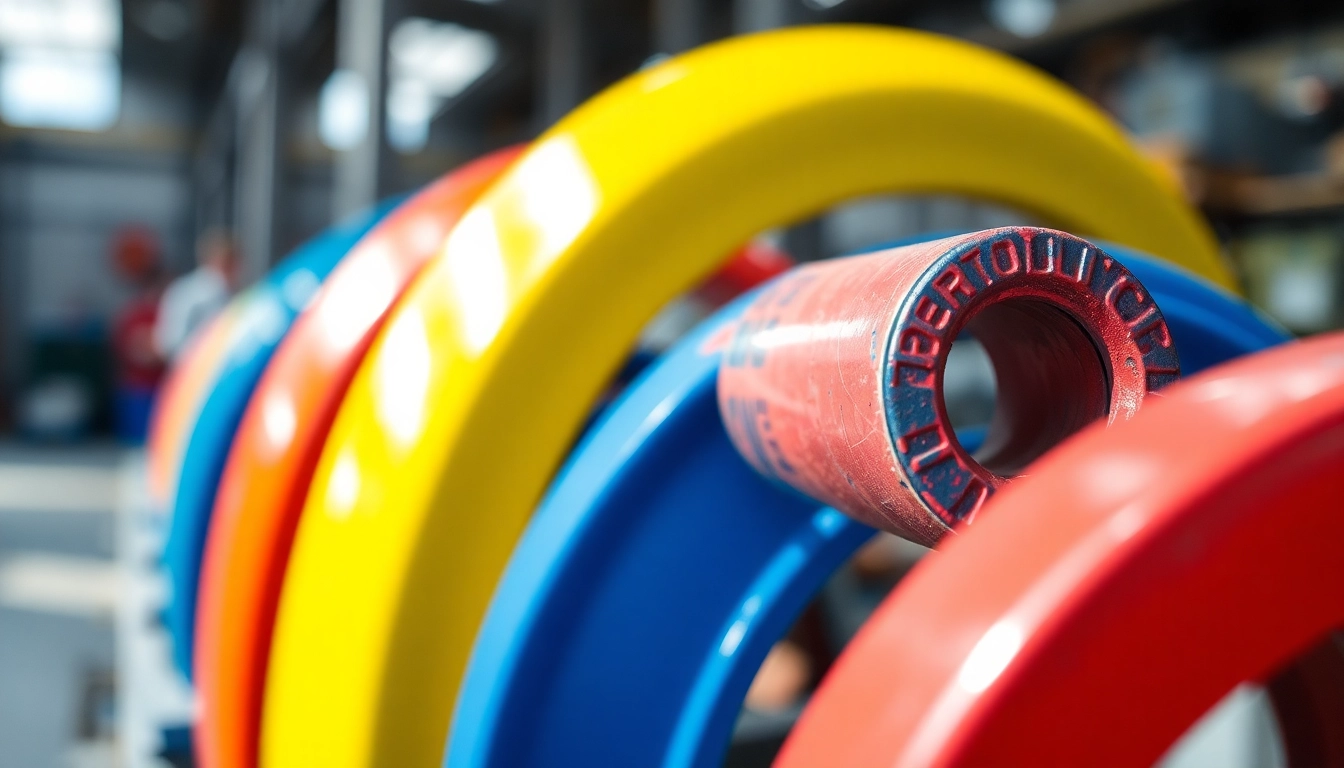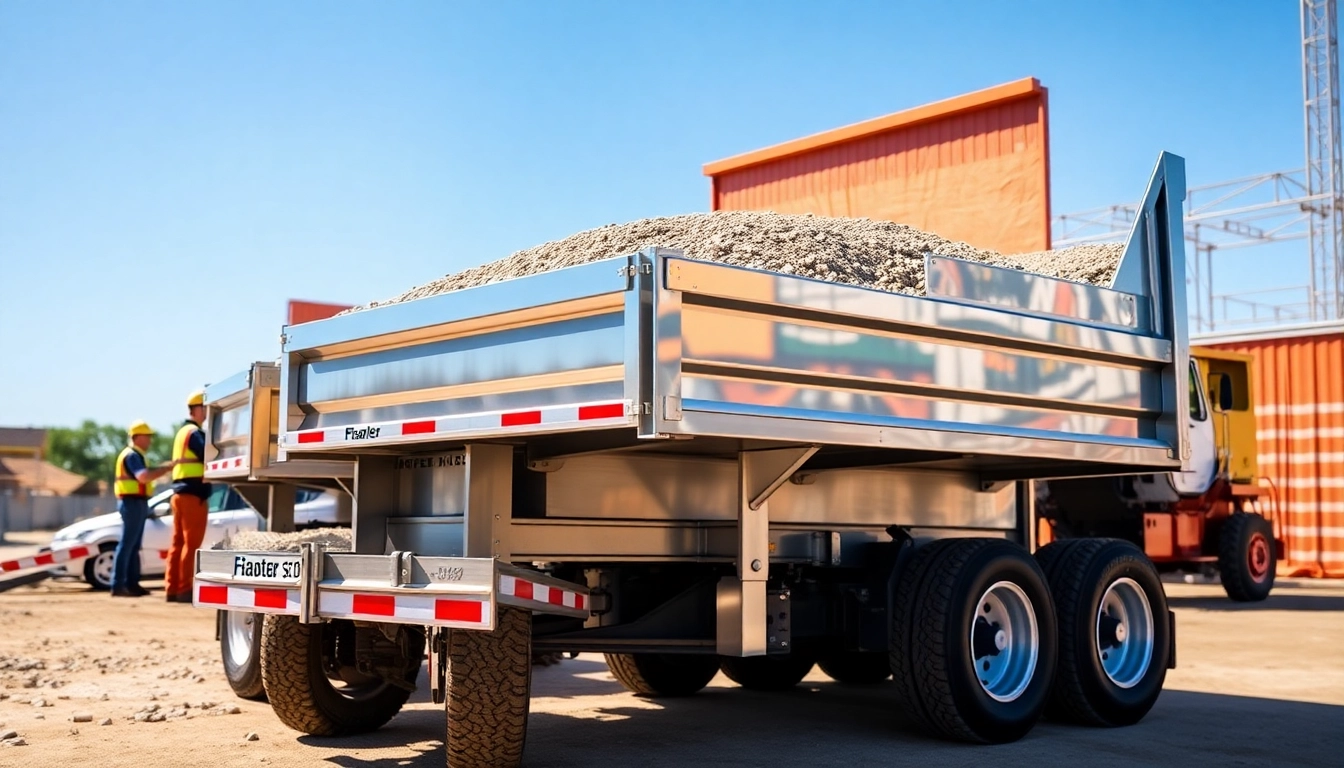Understanding AC DC TIG Welders
What is an AC DC TIG Welder?
AC DC TIG welders are versatile welding machines that utilize both alternating current (AC) and direct current (DC) for tungsten inert gas (TIG) welding. This dual capability allows welders to join different types of metals, such as aluminum and steel, with precision and ease. AC current is primarily used for welding materials like aluminum, as it produces a cleaning effect that removes the oxide layer from the surface, promoting better fusion. On the other hand, DC current is typically used for welding stainless steel and mild steel, offering a more stable arc and smoother welds.
Key Features of AC DC TIG Welders
When considering an ac dc tig welder, several key features stand out:
- Dual Voltage Capability: The ability to switch between AC and DC provides flexibility for various welding applications.
- High-Frequency Start: This feature enables a stable and instantaneous arc initiation, crucial for precise welding.
- Adjustable Arc Control: Many models offer settings to fine-tune the arc length, providing enhanced control over the welding process.
- Pulse Function: Pulsed TIG welding allows for better heat control and reduces the risk of warping, beneficial for thin materials.
- Foot Pedal Control: This feature allows welders to adjust the heat output while maintaining focus on the welding process.
Benefits of Using AC DC TIG Welders
The advantages of employing AC DC TIG welders are numerous:
- Versatility: These welders can work with various materials and thicknesses, making them ideal for diverse projects.
- Precision and Control: The TIG welding process offers a high level of control, making it suitable for thin materials and intricate designs.
- Clean Welds: TIG welding produces clean and visually appealing welds, reducing the need for post-welding cleanup.
- Cost-Effective: While the initial investment may be significant, the durability and efficiency of AC DC TIG welders often lead to long-term savings.
- Minimal Heat Affected Zone (HAZ): This results in less distortion and better structural properties of the welded joints, particularly important in critical applications.
Choosing the Right AC DC TIG Welder
Factors to Consider When Buying
When choosing an AC DC TIG welder, several factors should guide your decision:
- Welding Projects: Consider the materials you will be working with and the thickness of the materials. This will help determine the amperage and duty cycle required.
- Power Supply: Ensure that the welder’s specifications match available power sources. Some models operate on standard household electricity, while others may require industrial power levels.
- Portability: If you plan to use the welder in different locations, look for lightweight models with durable carry handles.
- Ease of Use: Beginner-friendly models with clear instructions and intuitive controls can facilitate a smoother learning curve.
- Manufacturer Reputation: Invest in brands with a solid reputation for quality and reliability; warranty and customer service should also be considered.
Top Brands and Models Available
Several brands stand out in the market for high-quality AC DC TIG welders:
- Lincoln Electric: Known for their high-performance welders, models like the Lincoln Aspect 230 offer advanced features tailored for professional applications.
- Miller Electric: The Miller Dynasty series is popular for its inverter technology, providing excellent arc stability and versatility.
- Everlast: Their PowerTIG models are recognized for combining affordability with professional-grade capabilities, making them suitable for both beginners and seasoned professionals.
- PrimeWeld: Models like the PrimeWeld TIG225X stand out for their value-driven pricing and robust features.
- YesWelder: Ideal for beginners, models like YesWelder TIG-250P offer user-friendly controls and essential functionalities.
Comparing Price Ranges and Quality
Price ranges for AC DC TIG welders can vary significantly based on features, brand, and specifications. Entry-level models can start at around $500, while high-end professional welders can exceed $3000. It’s essential to balance cost with required features:
- Budget Welders ($500 – $1000): These models typically feature basic functionalities, suitable for home projects or beginner use.
- Mid-Range Welders ($1000 – $2000): Offer more advanced capabilities, ideal for serious hobbyists or light commercial use.
- Professional Grade Welders ($2000 – $5000): Equipped with sophisticated features, suitable for industry applications requiring high-performance standards.
AC DC TIG Welder Operation Basics
Setting Up Your AC DC TIG Welder
Setting up your AC DC TIG welder correctly is crucial for successful welding. Here’s a foundational guide:
- Unpack and Inspect: Remove the welder from its packaging and inspect for any damage. Ensure all parts are included according to the manufacturer’s checklist.
- Connect to Power Supply: Plug the welder into a compatible power outlet based on the manufacturer’s requirements, ensuring that the voltage and amperage align.
- Setup Gas Supply: Attach the argon gas cylinder (commonly used for TIG welding) and connect it to the welder while checking for leaks.
- Install Tungsten Electrode: Insert the tungsten electrode into the torch and secure it, ensuring proper length protrusion.
- Install Filler Rod: Prepare filler rods, using appropriate sizes based on the chosen metal.
- Test Settings: Power on the welder and adjust settings such as amperage according to the thickness of the material being welded.
Essential Safety Measures
Safety is paramount in welding operations. Adhere to these essential safety measures:
- Wear Protective Gear: Always don appropriate safety gear, including welding gloves, helmets, and protective clothing.
- Maintain Ventilation: Ensure adequate ventilation in your welding area to avoid inhaling harmful fumes.
- Secure Work Area: Keep your work area uncluttered and free from flammable materials to prevent accidents.
- Use Fire Extinguishers: Keep a fire extinguisher within proximity when welding to address any unforeseen incidents quickly.
- Follow Manufacturer Guidelines: Always adhere to the safety recommendations outlined by the welder’s manufacturer.
Common Techniques and Tips
To enhance your welding skills, consider the following techniques and tips:
- Control the Heat: Learn to make fine adjustments to the amperage based on the type of metal and its thickness.
- Practice Arc Length: Ideal arc length varies; closer arcs tend to produce cleaner welds but can lead to overheating.
- Maintain Steady Travel Speed: Consistent travel speeds contribute to even welds, reducing defects.
- Use Proper Filler Material: Match the filler material to your base metal for optimal results.
- Avoid Contamination: Keep tungsten and filler material free from contaminants to ensure a quality weld.
Advanced Techniques in AC DC TIG Welding
TIG Welding Aluminum vs. Steel
While both aluminum and steel can be welded using TIG methods, they require distinct approaches:
- Welding Aluminum:
- Utilize AC current for aluminum, as it effectively cleans the oxide layer.
- Choose a 4043 or 5356 filler rod based on the aluminum grade.
- Employ a pulse feature if available to avoid overheating thin sections.
- Welding Steel:
- Utilize DC current for enhanced stability and cleaner arcs.
- Utilize 70S-6 filler rods most commonly for steel welding.
- Pay attention to heat management, particularly on thinner materials, to avoid warping.
Using Pulsed Arc Welding
Pulsed arc welding is an advanced technique that can enhance weld quality:
- Definition: This method alternates between high and low current, allowing for better heat control.
- Benefits:
- Reduces the heat input, minimizing warping and distortion on thin materials.
- Allows for better penetration, particularly in challenging positions.
- Facilitates precise control over weld bead width and shape.
- Implementation: Familiarize yourself with your welder’s settings to exploit this feature effectively.
Common Mistakes and How to Avoid Them
Avoid several common pitfalls associated with AC DC TIG welding to achieve optimal results:
- Inadequate Cleanliness: Always clean the materials before welding to prevent contamination.
- Wrong Tungsten Size: Selecting an inappropriate tungsten size can result in poor arc stability; match tungsten diameter to the amperage required.
- Improper Argon Flow Rate: Ensure the shielding gas is set appropriately to protect the weld area from oxidation.
- Poor Travel Speed: Consistency is key; maintain a steady travel speed to avoid uneven bead profiles.
Maintenance and Care for Your AC DC TIG Welder
Routine Maintenance Practices
To extend the life of your AC DC TIG welder, implement the following maintenance practices:
- Regular Cleaning: Keep the welder’s exterior clean and free from dust; regularly check and clean the torch and gas lenses.
- Inspect Cables: Examine power cables and gas lines for signs of wear or damage periodically.
- Tungsten Replacement: Replace the tungsten electrode as needed, especially when signs of contamination occur.
- Check Gas Flow: Periodically verify that the argon gas is flowing correctly during operations.
Signs of Wear and Tear to Watch For
Be aware of several critical indicators that may signal it’s time for service or replacement:
- Inconsistent Arc Performance: Noticeable fluctuations in arc stability may indicate a problem with internal components.
- Contact Tip Wear: If you observe excessive wear on the contact tips, it’s time for replacement.
- Overheating: If the welder overheats regularly, it may signify internal issues that require professional inspection.
- Unusual Noises: Listen for any abnormal sounds that may indicate mechanical issues.
Extending the Life of Your Welder
To maximize the longevity of your AC DC TIG welder, consider these additional practices:
- Use Intermittent Welding: Allow the welder to cool down during extended use to avoid overheating.
- Store Properly: When not in use, store the welder in a dry environment, away from extremes of temperature and humidity.
- Utilize Surge Protectors: Protect your welder from power surges to avoid damage to delicate components.
- Keep Documentation: Maintain records of maintenance and repairs to track any recurring issues for future reference.



